Racism in Scotland
What is racism?
The term ‘racism’ is often poorly understood. The Oxford Dictionary defines it as, "Prejudice, discrimination, or antagonism directed against someone of a different race based on the belief that one’s own race is superior." However, this is a simplified explanation of a complex issue.
The concepts within that definition, such as discrimination and racial superiority, are not always straightforward. Views on these concepts are often fluid, changing over time with new social contexts and new ways of thinking.
This page offers some perspectives on race and racism. A more detailed look at racism and how to challenge it is available in our publication Changing the Race Equality Paradigm, available here.

What is race?
The concept of a ‘racial group’ comes from certain anthropological theories which have long been disproved. They were mostly developed in the late 19th and early 20th century in Western Europe, and claimed that humans could be divided into racial groups based on physical and behavioural traits linked to ethnicity, nationality, and related concepts like shared language. These theories were influenced by colonialism and imperialism, and the desire to show that non-white groups were inferior in order to justify the actions of Western nations.
The current use of the terms ‘race’ and ‘racial’ have developed because these false notions of racial difference have become embedded in the beliefs and behaviours of society, especially in Western nations. These notions influence all areas of life in Scotland to some degree, from social attitudes to the way organisations are run, making inequalities for Black and minority ethnic people continue over generations.
This is known as ‘structural racism’. It can be seen on a personal level in people’s attitudes and behaviours; on a social level in how people talk to each other and make decisions; and on an institutional level in how organisations conduct their business (‘institutional racism’).
‘Race’ is strongly linked to skin colour. White populations across the world were not ‘racialised’ in the same way non-white populations were. Their process of racialisation brought advantages rather than disadvantages.
So, although there are stereotypes about white minority ethnic groups in Scotland and these groups can face prejudice and discrimination, we would describe this as xenophobic prejudice rather than racism. CRER includes tackling inequality faced by white minority ethnic groups within our work where there is evidence to show they face a disadvantage, but our focus is primarily on tackling racism.
Why does racism exist in Scotland?
For many hundreds of years, white British society has enjoyed a position of economic, social, and political power over non-white people in Britain and across the world through empire and colonialism and their after-effects. Although people in Scotland often know little about this history, the social attitudes that developed over this time are still present in our society. This is known as ‘white ideology’, or sometimes as ‘white supremacy’. The advantages that this still brings to white majority ethnic Scottish people are known as ‘white privilege’.
White ideology, however, doesn’t only affect white majority ethnic groups. Whiteness is not just about skin colour. Non-white groups can also be influenced by white ideology, reflecting it in their own attitudes and behaviours in order to benefit from some of the power it brings or reduce the risk of being discriminated against. This would include, for instance, people being afraid to talk about racism for fear of offending their white friends. Those who speak out are often judged to have gone against the ‘normal’ (i.e. white ideological) view that racism is uncommon and mostly about personal prejudice. Disrupting that view makes people who subscribe to it uncomfortable. Black and minority ethnic people therefore often put their white friends’ feelings of sensitivity about race above their own need to address the racism they face.
At the most basic level, racism still exists in Scotland because white majority ethnic Scottish people are viewed as ‘normal’ in comparison to ‘other’ ‘diverse’ communities. Someone doesn’t have to feel hostile towards people from a minority ethnic group in order to have racist attitudes or to act in a racist way. The fact that Black and minority ethnic people are constantly treated as being different, even if several generations of their family have been born in Scotland, means that they face racism to some degree throughout their lives.
Someone’s experience of racism is not about their ethnicity or appearance, but about other people’s perception of those things and stereotypes that impact that perception. The risk that someone will experience racism depends on whether the signs that they are not from the dominant ethnic group (in our case, white majority ethnic Scottish and/or British) are visible to others.

What does race discrimination mean in legal terms?
The legal definition of race discrimination doesn’t only cover ‘race’ in the sense described here. People of any colour, nationality, and ethnic or national origin are protected from race discrimination under the Equality Act 2010. This includes white majority ethnic Scottish people, although they are unlikely to need that protection as they’re not generally at risk of discrimination. Hate crime legislation defines race in a similar way.
I'm not racist, so why should anti-racism matter to me?
Very few people could be fairly described as ‘racists’, but anyone can behave or think in a racist or xenophobic way. As previously explained, structural racism is deeply ingrained in our society. The result of this is that minority ethnic people, especially those who are more visibly minority ethnic, experience everyday racism. This has a big impact on their lives. It pervades all areas of life and is hard to challenge, so in some ways it can have a bigger impact than obvious forms of racism.
Everyday racism acts to silence and demean minority ethnic people, and reinforces the inequalities they face. For example, constantly being asked “Where are you from?” undermines people’s sense of identity and belonging, impacting their confidence, wellbeing, and mental health. This happens even to people whose grandparents were born in Scotland. Even equality workers sometimes use language which suggests that minority ethnic people are less skilled or capable than white British or Scottish people, despite having statistically higher levels of educational qualifications. The organisations they work for often know that minority ethnic people are under-represented as employees or service users, but do nothing to find out why and resolve it.
Structural racism can’t be dealt with simply by telling people it’s wrong to be racist. It can’t be dealt with by holding ‘diversity’ events, which often reinforce perceptions of difference and racial stereotypes. To stop racism, we need to become anti-racist as a society. This means changing the way we think and act, and being prepared to challenge others to do the same.
